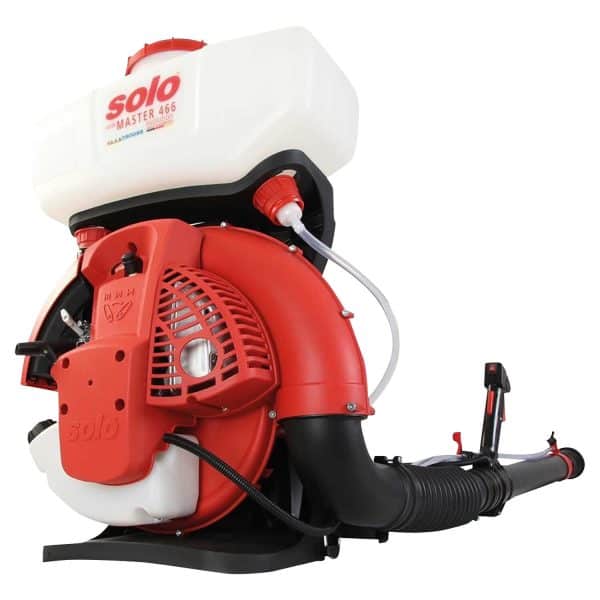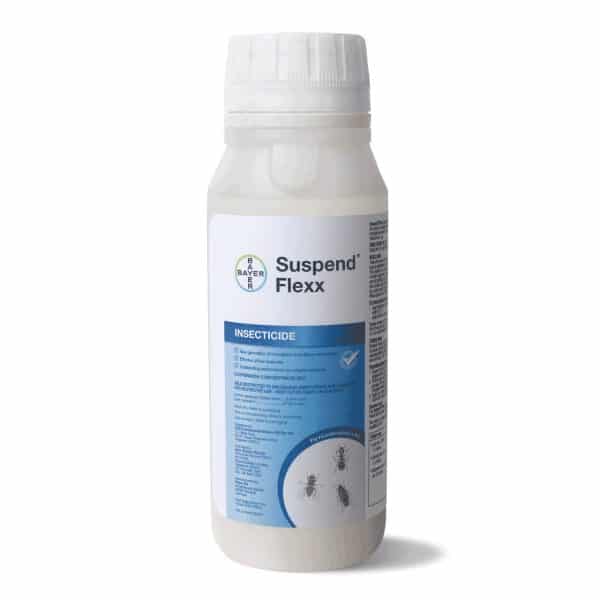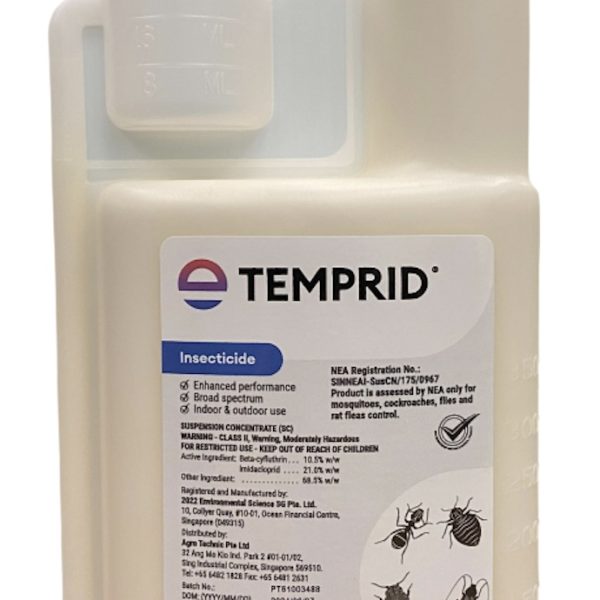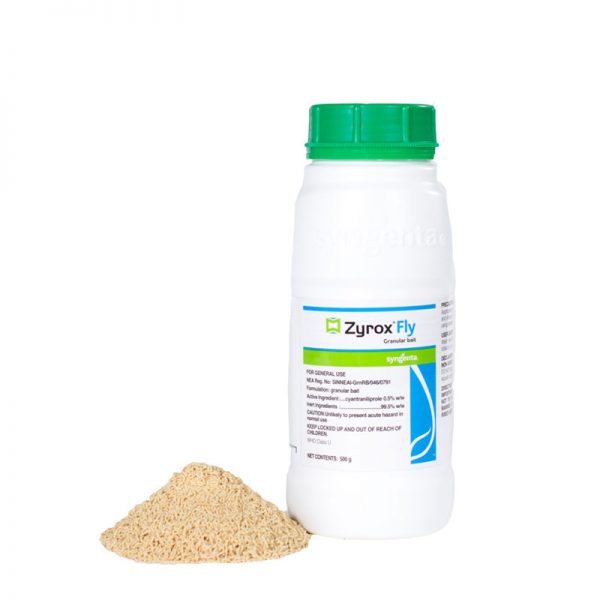FLIES
FLY FACTS
Flying insects have always been a huge bother to us living in the tropic, especially when the humidity cranks up during the rainy season. Common house flies (Musca domestica) are the most recognizable insects in the world. Many species in this category thrive in kitchens, bathrooms, and even sink drains. As a result, they may confuse a variety of flies as house flies.
House flies are not only a nuisance, but can transmit diseases, including typhoid, cholera, and dysentery when they contact with people or food. Houseflies feed on human food items and waste, and at this point, they can pick up and transmit various pathogens.
Flies regurgitate and excrete wherever they come to rest and thereby mechanically transmit disease organisms. Their mouthparts are like a spongy straw, they cannot chew solid food. Once they land on your food, they need to release digestive juices to liquefy it into a predigested, slurpable soup they can swallow and leave diseases organism on items that they have landed or fed on.
Common house flies are attracted to decaying organic filth such as faeces and rotting meat, whereas fruit flies seek sugary substances and feed more commonly on overripe fruit, spilled soda, and fermented substance like alcohol.
However, there is a small group of flies that cause more than nuisance by their aggressive bites that can cause swelling, itching and allergic to human, cattle and especially horses. In human, their blood-sucking habits also raise concerns about possible transmission of disease agents such as Leishmaniasis (also known as kala azar). A type of protozoan parasite that exhibits in form of ulcers on skin with fever, enlarged spleen and anaemia by sand fly (biting midges). Biting midges could be vectors for African horse sickness virus.
The best way to keep flies from infesting your property is eliminating the factors that make your property attractive to flies. House flies have short lifespans, but they can quickly reproduce in large numbers, leading to large house fly populations if not identified and effectively controlled. The first step to control the pests is to identify the flies species that has invaded your homes.

METHOD OF TREATMENT FOR FLIES
Housefly infestation can be treated through an integrated pest management approach, with a combination of sanitation, exclusion, mechanical and chemical methods. Sanitation and environment management are most important step in reducing fly numbers.
With chemical methods:
1) Space spray – The use of thermal fogger, ultra-low volume (ULV), hand-operated sprayers or backpack portable power-operated sprayers can be used to apply adulticides to control adult houseflies. These treatments can turn the liquid mixtures into very small droplets that float in the air that knockdown and kill active flying adult houseflies. Space treatments should be applied when fly densities are at a peak, for example in the morning to quickly reduce adult fly densities.
2) Residual spray – Residual sprays could be applied on adult fly aggregation and immature stage breeding ground to deliver a relatively wet spray that kills flies hit directly and leaves a toxic residue that kills those crawling over treated surfaces later in the day. Liquid insecticides are applied on vegetation (do not apply on flowering plants or vegetables or fruits) or on surfaces in which houseflies rest on or contact.
3) Fly bait – Fly bait can be used as a scatter bait or place in fly box, spread evenly in areas where flies are seen resting or feeding. They are formulated as a highly palatable bait that will readily attract and control flies. It may be used daily or as needed to provide initial knockdown and reduction of fly populations. Some of these are approved for use for animal house/ barn as it is safe and formulated as resistance-breaker in fly control, which helps to successfully manage fly populations that are resistant to other chemistries.
4) Fly trap – Flies, bees and moths are more commonly seen hovering near lights as they are attracted to lights. Scientifically known as positive phototaxis, these pests have positive response to lights and uses the sun as a landmark to navigate. Fly trap is available with UV light or other food and pheromone as attractant. Lured by the scent or UV light, flies enter the trap and drown in the liquid solution or sticky card. Hence, there are flying insect control units designed to attract and trap flies effectively.
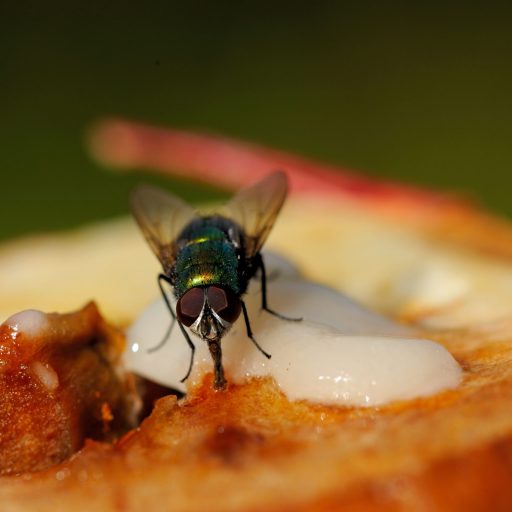
SIGNS OF FLY INFESTATION
Housefly infestation can be identified by:
1) Live sightings of flies – Around food, garbage area, or around homes. House flies produce a buzzing sounds which is a result of their two wings beating together.
2) Small dark spots on surfaces – these are the fecal material left behind by houseflies on especially on light color surfaces.
3) Sight of maggots – When larvae can be seen coming out of breeding material as they pupate.
4) House fly eggs – resemble small grains of rice on the breeding material or food contaminated by them.

TYPES OF FLY
Common structural infesting flies can be divided into 2 groups, namely filth flies (big flies) and small flies. Flies can squeeze through some amazingly small cracks to enter a building in search for food and harborages.
Houseflies are usually active during the day. When not feeding, they will rest on walls, floors, ceilings, garbage cans, clothes lines, pit latrines, grasses and weeds. They are usually inactive at night. Their resting places are usually near breeding and feeding areas. At these areas, they will remain at around 100 – 500 m of the area.
Female houseflies will seek out decayed, rotting or fermenting organic material to deposit eggs. It may take 8 – 16 hours for the eggs to hatch into the young larvae, in warmer temperatures. The larvae will then take 3 – 6 days to develop into a pupa. The pupa will emerge as adults after 3 – 7 days.
These are the common fly species found locally:
- House Fly, Musca domestica
- Lesser House Fly, Genus: Fannis
- Bluebottle /Greenbottle /Bluebottle Fly, Family: Calliphora
- Flesh Fly, Family: Sarcophagidae
- Drone fly, Family: Syrphidae (mimic appearance of honey bee)
- Lesser Dung Fly, Family: Sphaeroceridae
- Fruit Fly, Family: Drosophilidae
- Phorid Humpbacked fly, Family: Phoridae (also known as sewer, scuttle or coffin fly)
- Moth Fly, Family: Psychodidae (also known as drain or sewage fly)
- Sand Fly, Family Ceratopogonidae (also known as no-see-em, noseeum) – biting fly
- Stable Fly, Family: Muscidae – biting fly
- Horse Fly, Family: Tabanidae – biting fly


 CHEMICALS
CHEMICALS

